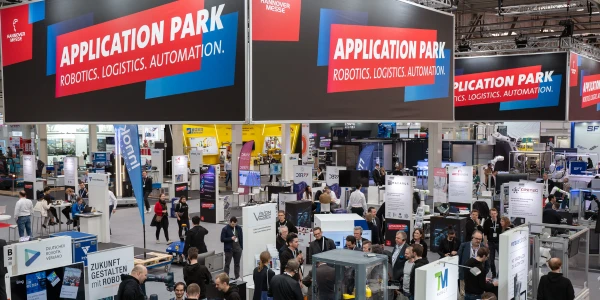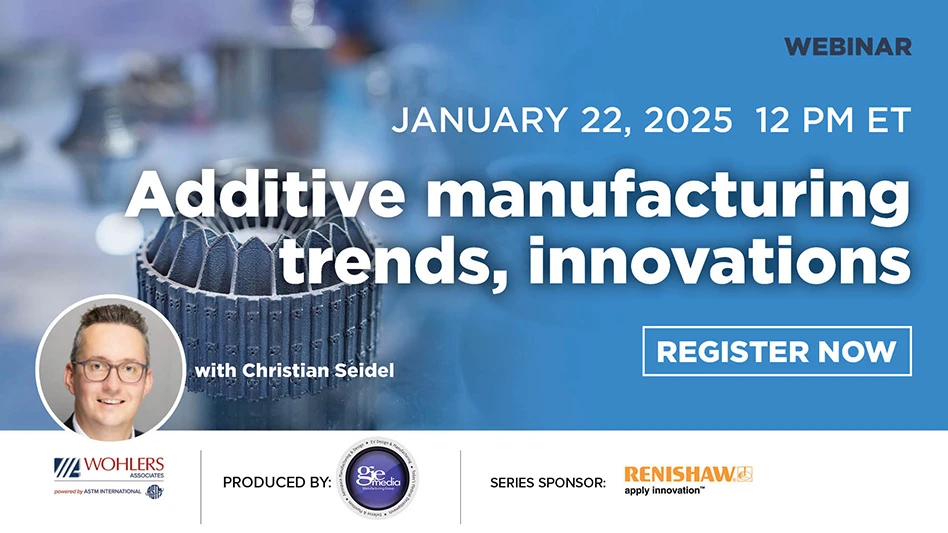
Situated amongst tall pines in the picturesque area between Minneapolis and St. Cloud, Minnesota, one wouldn’t suspect Big Lake to be a hotbed of medical device manufacturing creativity and world-renowned excellence. But it is, and recently its capacity has nearly doubled in size and scope.
Expansion
LISI MEDICAL Big Lake’s 55,000ft2 expansion, almost doubles the size of the building from 66,000ft2 to 121,000ft2. The culture of the parent company, LISI, is evident in its green policies.
“This expansion features a lot of large windows for natural light, something not normally seen in a machine shop building,” Production Manager Francisco Orench notes, “We are also using the Absolent system to cut down on mist.”Orench joined the Big Lake facility on April 1, 2011 – he has been through three ownership changes, “But I believe that LISI has bought Big Lake for the long-term.” LISI has already made a large commitment to the company, investing millions of dollars in expansion and improvement.
“Initially it de-cluttered this part of the facility,” Orench says, “We had 46,000ft2 of production, and it was filled to about a 99% capacity.”

Construction was conceived with an environmental goal of zero net ground addition/extraction. Crews extracted 3 million square yards of dirt, but none left the site, and none was brought in.
After the April 2017 ground breaking LISI MEDICAL Big Lake was able to quickly take partial occupancy in December, and they started moving machines into position.
Hydromat row
As additional capacity was required for some specialty components, the lineup of Hydromat and Icon Technologies machines had expanded, leaving LISI MEDICAL Big Lake with a floor space problem. Now, in a prominent place on the new floor, Orench has moved machines and created his Hydromat Row, a lineup of all his Hydromat transfer and Icon mill/turn machines.
When Orench joined the Big Lake facility, he saw Hydromat and Icon machining in action for the first time and became enamored with the production possibilities. At that time, they were in the process of buying their second Hydromat advanced technology (AT) pallet transfer machine, and later they would purchase a third. The AT 10-115 features 10 machining positions and a 10-position pallet-transfer design. This arrangement provides strength and flexibility in a turnkey machining system.
The machines from Icon Technologies, a Division of Hydromat Inc. located in St. Louis, Missouri, are multiple-station, offering the rigidity to handle all components and all material types within its work envelope. The creation of Icon Technologies 2008, and the subsequent development of the Icon 6-150 was a perfect fit for LISI MEDICAL’s needs. Described by Hydromat as a mill/turn productivity center, it is a 4-machining position design with horizontal and vertical spindles at each station, and a tool changer for each spindle. The table uses a 6-position pallet transfer design with a load/unload station and another station for gaging or inverting the part for 6-sided machining. The Icon 8-150 is a 6-machining position, 8-pallet version for additonal capacity. The Icon machines specialize in precision metal cutting, LISI MEDICAL now has a number of 6-150s and 8-150s running production.
The Icon 6-150s and 8-150s in production at LISI MEDICAL have the precision machining capability for various workpieces and many styles of medical components.
“Including the robots within the Icon Technologies machines, we have more than 30 robots in this facility,” Orench says. He has some robots that unload multiple Swiss machines, removing parts and running them through the secondary processes.

Improved performance
Since joining the LISI Group, LISI MEDICAL Big Lake has embraced their LISI Excellence Achievement Program (LEAP). It’s essentially the Japanese lean system adapted to fit LISI’s specific needs. Also, they employ the single-minute exchange of dies (SMED) program to reduce setup time and increase machine uptime.
“We take it very seriously, we are looking for ways of reducing time,” Orench says. “This creates a better production situation that translates to excellent on-time deliveries and greater customer satisfaction.” They also work under 5S standards and the Workstation Standardization programs. Workstation standards are verified daily. There are 8 standards (Safety, Skills Matrix, 5S, Maintenance, Process Control, Product Control (Quality), Non-conformance Management, and Logistics) for how each workstation should look. “It’s about standardization, sticking to it, and making sure everyone follows it. A place for everything, everything in its place.”
LISI MEDCIAL Big Lake is a 24/7 facility running 4 shifts; two shifts during the normal work week, and two weekend shifts. The weekend a three-day schedule, Friday morning until Monday for a total of 36 hours. The expansion of the facility is also creating new job openings.

Shaping new talent
The LISI Apprentice Program helps the company develop young talent to become highly trained, well paid technicians who can start their careers without college debt. The program, which includes tuition reimbursement, brings in local high school students as youth apprentices. Later, they become interns who work 20 to 25 hours a week while attending technical college. They learn the business from the ground up, beginning in the shipping & receiving area, then they move to quality, materials, mills, Swiss, and lasers for a total of 42 months in the program. During this time, they are assigned a mentor, a LISI veteran who they can go to with any question at any time.
“It’s a 5-year program, they get flexible hours and a paid education. We get highly skilled technicians,” Orench says. “Our goal is to graduate two of these apprentices each year.”Keith Johnson is held up as an exceptional example. He joined the Big Lake facility 26 years ago and now a senior manufacturing engineer who started as a machinist when he was 20 years old. He knows the jobs inside and out. He now deals with the large projects when LISI MEDICAL must bring in new equipment and new technologies.

Product-focused
Specialties at the Big Lake plant include MIS Advanced Surgical Instruments (scissors, grips, blades, or staplers for example), Spine implants (pedicle screws, rods, connectors, or interbody cages for spine fusion), and Trauma/Extremity implants (plates and screws).
To stay competitive in a marketplace that has ever increasing pricing pressure they look to their workforce for creative thinking, automation to cut overhead, and the use of multi-station machining technologies like the Hydromat Rotary Transfer and Icon Mill/Turn machines to speed production and eliminate secondary operations.
Hydromat Inc.
www.hydromat.com
IMTS 2018 Booth #338348
LISI MEDICAL Big Lake
www.lisi-medical.com

Explore the August 2018 Issue
Check out more from this issue and find your next story to read.
Latest from Today's Medical Developments
- Additive manufacturing trends, innovations
- US cutting tool shipments decreased
- Nordson EFD’s PICO Nexμs jetting system
- Global Industrie - A meeting to understand, anticipate and contribute to the industry of tomorrow
- Wintriss’ Tracker Hardware Solution for ShopFloorConnect Production Tracking Software
- Protolabs expands end-to-end manufacturing capabilities
- Sunnen’s HTE-1600W Tube Hone
- Researchers invent soft, bioelectronic sensor implant





